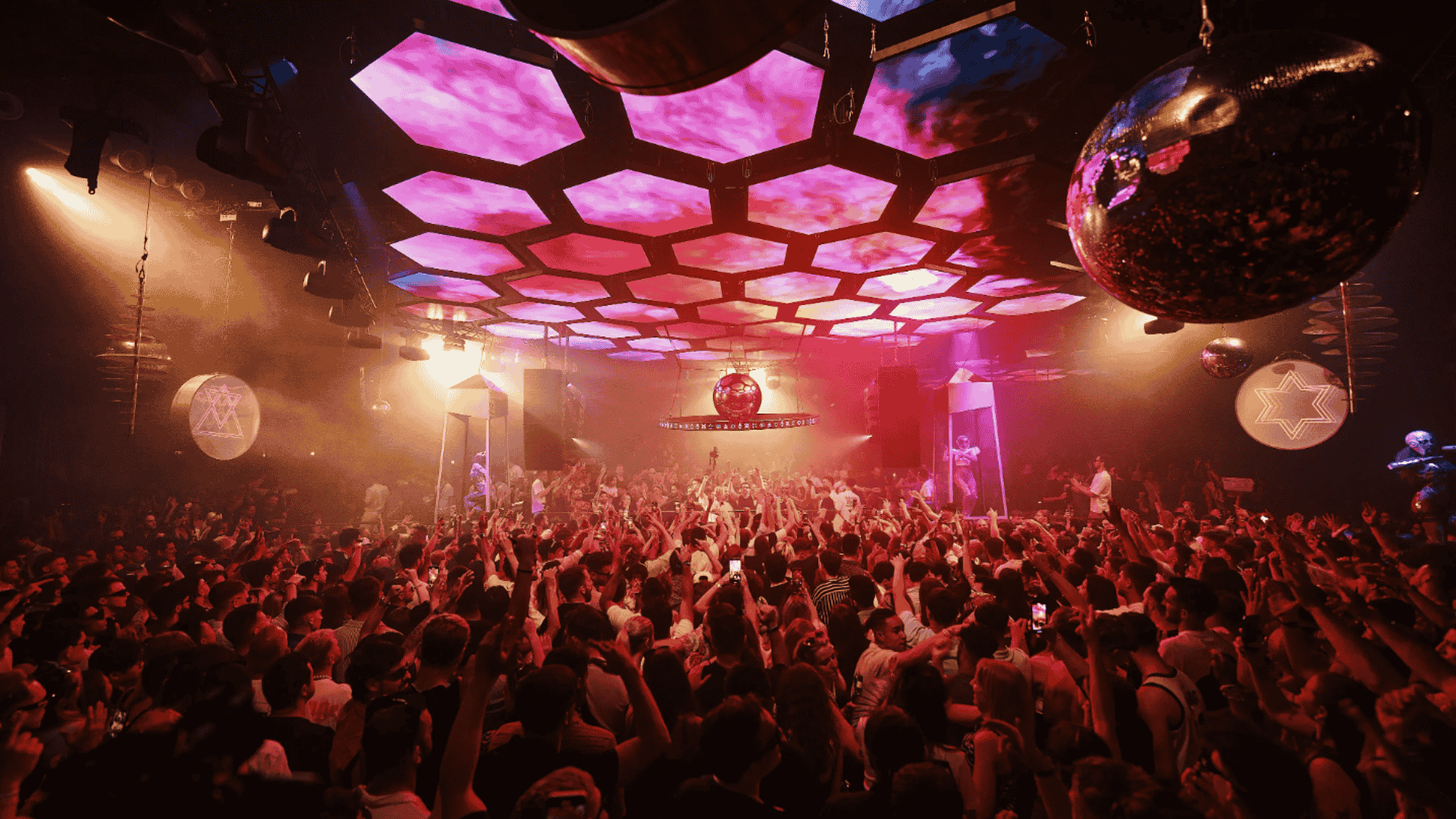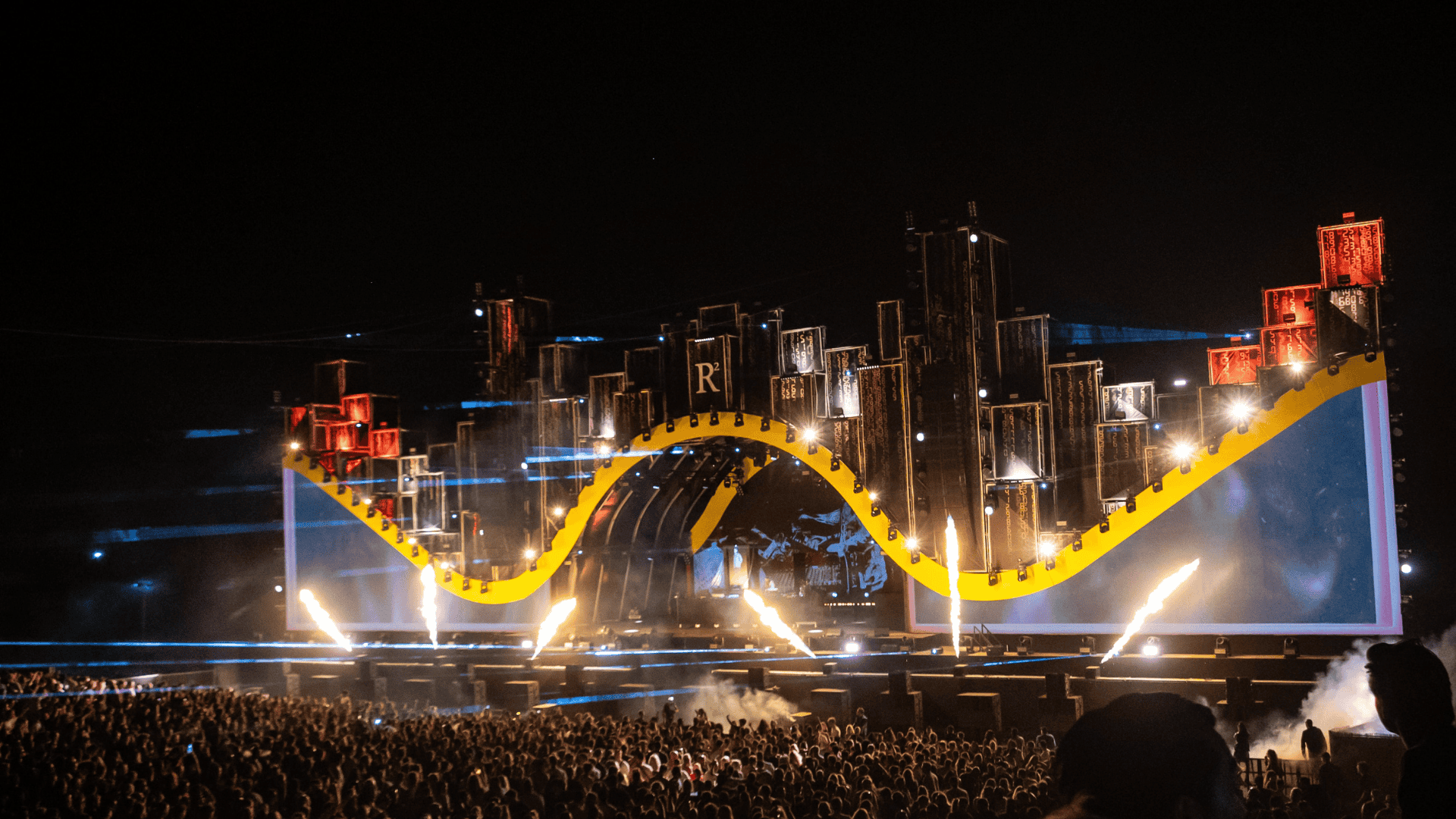EDM: What is it? (History & Roots)
Electronic Dance Music, or EDM as it's more commonly known, has exploded in popularity over the last decade. Let's learn about what it is, history & origins.

Explore the rise of EDM: its roots, evolution, subgenres, and global influence. Discover what makes this electrifying genre a cultural phenomenon today.
Electronic Dance Music, or EDM as it’s more commonly known, has exploded in popularity over the last decade. You’ve likely heard it on the radio, at clubs and festivals, and maybe even at your friend’s party. But what exactly is this genre of music that seems to be everywhere nowadays?
The Origins and Evolution of EDM
While the term “EDM” only gained widespread use in the 2010s, electronic dance music itself has roots going back to the 1970s and earlier. In the late 1960s, bands like Silver Apples began creating electronic music intended for dancing. Other influential precursors include Jamaican dub music in the late 60s-70s, the synthesizer-based disco of Giorgio Moroder in the late 70s, and the electro-pop of Kraftwerk and Yellow Magic Orchestra in the mid-to-late 70s.
House music, emerging from Chicago in the early 1980s, was one of the first distinctly electronic dance music genres. Influenced by disco, funk, soul and jazz, house had a unique electronic sound powered by drum machines, synths and samples. House music spawned numerous other EDM subgenres over the following decades, including techno, trance, drum and bass, and more.
Defining Characteristics of EDM
So what makes a song or genre fall under the EDM umbrella? The two key elements are right there in the name – it must be electronic, and it must be danceable. EDM is produced using digital and analog equipment like computers, synths, drum machines and samples. Compared to acoustic genres, EDM provides the producer complete control over every element of the sound.
This precise control allows EDM tracks to sound cleaner, louder and “bigger” than traditional recordings. The rhythms and beats are front and center, with the goal of getting people to dance. Some argue that not all electronic music is dance music (and vice versa), but in general, EDM refers to electronically-produced music designed for the dancefloor.
Also See
The Many Subgenres of EDM
One of the hallmarks of EDM is its diversity – there are countless subgenres catering to different styles, tempos and atmospheres. Some of the most popular include:
| Subgenre | Description | Notable Characteristics | Popular Variants |
|---|---|---|---|
| House | Classic 4-on-the-floor beat, often featuring piano riffs, soulful vocals, and synth basslines. | Originated in Chicago clubs in the early 1980s, arguably the most popular and commercially successful EDM genre. | Deep house, tech house, progressive house, electro house. |
| Techno | Repetitive, hypnotic beats and dark, sci-fi inspired sounds. | Emerged in Detroit in the mid-1980s, known for its minimalism and futuristic aesthetic. | Minimal techno, hardcore techno. |
| Trance | Orchestral, uplifting melodies and driving kicks designed to induce a trancelike state. | Developed in the early 1990s, often associated with large arena shows and festivals. | Psychedelic trance, vocal trance. |
| Drum & Bass | Breakneck drums (often sampled from old funk breaks) and heavy sub-bass. | Originated in the UK rave scene in the early 1990s, known for its high tempo (usually 160-180 BPM). | Liquid funk, neurofunk. |
| Dubstep | Huge, wobbling basslines punctuated by halftime drum patterns and trippy sound effects. | Emerged in London in the late 1990s, gained mainstream popularity in the late 2000s. | Melodic dubstep, riddim. |
| Trap | Hip-hop rhythms, heavy 808 kicks, skittering hi-hats, and pitched rap vocals. | Developed in the Southern US hip-hop scene in the 1990s, later fused with EDM in the 2010s. | EDM trap, hybrid trap. |
| Future Bass | Bright, shimmering chords, pop-inspired song structures, and trap/hip-hop rhythms. | Emerged in the mid-2010s, heavily influenced by Flume and Wave Racer. | Kawaii future bass, melodic future bass. |
And this just scratches the surface – hardcore, hardstyle, garage, big room, the list of EDM subgenres goes on. New ones emerge constantly as producers push boundaries and blend elements in creative ways.
The Basics of Creating EDM
Modern EDM is made predominantly with computers running specialized music software called DAWs (digital audio workstations). Popular DAWs for EDM include Ableton Live, FL Studio, Logic Pro and more. The producer uses virtual (or sometimes hardware) instruments like synths, samplers and drum machines to program or play in the various parts of the track.
Other key tools include VST plugins which can generate sounds or process them with filters and effects, and samples which are pre-recorded sounds loaded into a sampler or drum machine. Composition usually starts with the “beat” – the rhythmic elements like kicks, snares, hi-hats and basslines. Chord progressions, melodies and vocals are added, along with fills, transitions and breakdowns to keep things interesting.
While the technical barrier to entry is lower than ever, great EDM still requires dedicated practice, a good ear, and creativity. Many successful producers spend years honing their craft. Those serious about it usually invest in some higher-end studio gear like monitors, audio interfaces, microphones, and hardware synths, although strictly speaking these aren’t 100% required to make professional level EDM.
Why is EDM So Popular?
EDM has captured the hearts of millions around the world, thanks to its infectious energy and ability to bring people together. The genre’s popularity can be attributed to its unique blend of pulsing beats, soaring melodies, and epic drops that create an unparalleled sense of euphoria on the dancefloor. EDM festivals and clubs provide an escape from the daily grind, allowing fans to immerse themselves in a world of light, sound, and shared excitement.
Moreover, the rise of social media and streaming platforms (such as YouTube Music, SoundCloud, Spotify) has made it easier than ever for fans to discover new EDM artists and connect with fellow enthusiasts. The global nature of the genre has also contributed to its success, with producers and DJs from all corners of the world bringing their unique styles and influences to the table, creating a rich tapestry of electronic music that continues to evolve and innovate.
Why is EDM So Addictive?
Creation of EDM as a genre of music has led to its addictive nature since it results in activation of the reward centres of the brain. The songs and other forms of music we listen makes the brain to secrete dopamine which is a chemical in the brain which is responsible for encouraging or motivating one. EDM’s driving rhythms, the combined and layered sounds and melodies and climaxes are all designed and structured to get that dopamine high and keep that coming.
Besides, it has a strong impact on the brain, and at the same time, it is also an incredibly energetic physical experience. By virtue of its tempo, basslines and pulse driven rhythms human bodies dancing to it can move in unison in relation to the rhythm and results in a feeling of togetherness and an omnipresence on the dance floor. This pairing of mental and physical challenge can be very potent and fans of amusement parks and concert venues are drawn back in by the lure of the next even bigger roller coaster plunge or the next live event.
Which Country Listens to EDM The Most?
When taking into consideration the popularity of EDM super fans aggregating the United States hold the highest quantity and distribute across the country. Whether in the chic ambiance of the Las Vegas night clubs, or the wide open spaces of the Electric Daisy Carnival arena, fans across the United States have accepted the electronic music culture. The multicultural population and the large market for music has also provided the country as a target market for heads of international EDM artists.
Parallel countries that are also fond of EDM are, for instance, Australia, where the dance music becomes the main attribute of summer festivals, and the Netherlands, which has a long-standing tradition of the electronic music production and annual Amsterdam Dance Event (ADE). There are also numerous artists from Sweden and Canada producing EDM and both countries have a plethora of festivals which are visited by citizens of numerous countries worldwide.
Which Country Do Most EDM Artists Come From?
EDM’s popularity spans the globe, with some of the highest-earning artists leading its evolution. Although the U.S. isn’t experiencing a new EDM “renaissance“, American DJs and producers have long been at the genre’s forefront. But EDM’s universal appeal allows talent to emerge from any corner of the world.
Sweden, for example, has produced a remarkable number of iconic artists, including Swedish House Mafia, Avicii, and Eric Prydz, who have captivated global audiences. Other countries like the Netherlands, France, and the UK have also left their mark, each adding unique beats and styles to the genre’s evolution over time.
The Future of EDM
What started as simple raves in clubs during the 80s and 90s, has now turned into lavish festivals and some of today’s biggest hits. New technologies and the internet have provided a way to make electronic music more easily than ever for the newcomers in the industry. On the one hand the commercialization of some styles as seen above led to repetitive “copy-paste” tracks and some veteran fans and DJs reactions.
Just like any other genre, EDM is not a stagnant one and will progress by branching off in new subgenres to maintain innovation. It is evident that the lines are going to remain blurred with other subgenres like pop and even hip-hop so there will see more such singles that can influence listeners from all categories.
On the other hand, underground cultures will continue feeding the hardcore fans even more of the peculiar, innovative music. It matters not where EDM roams next, the fact is that it can timely be identified as a force that shaped the modern music scene.
Also See



